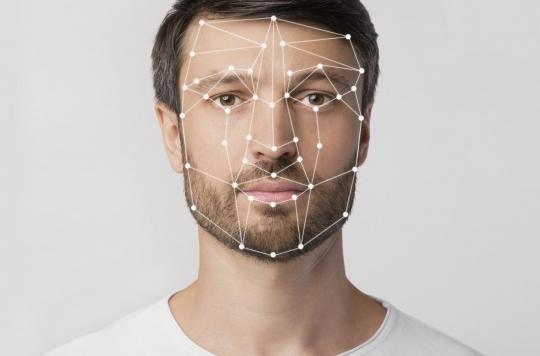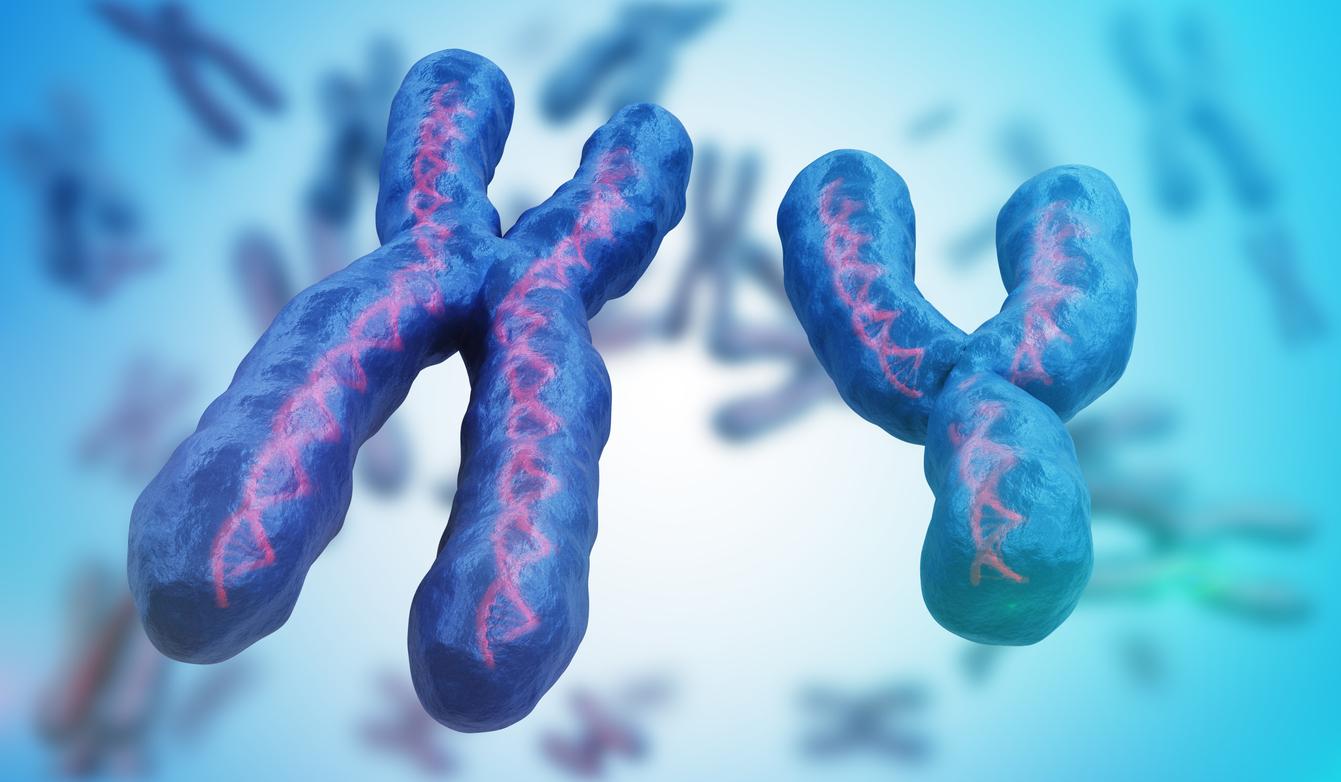Facial asymmetry could be one of the genetic factors of autism. A discovery made possible by the use of 3D facial scanners.

- Researchers have used 3D facial scanners combined with artificial intelligence techniques to measure the importance of genetics in the development of autism.
- According to their results, parents of children with autism had more asymmetrical faces than other adults of the same age.
Autism concerns 700,000 people in France, including 100,000 young people under 20, according to the National Institute of Health and Medical Research (Inserm). A large part of the population is therefore affected by this neurodevelopmental disorder. According to a study published in the journal AutismResearchAustralian researchers have used 3D facial scanners to better understand the genetic causes of autism.
5,000 points analyzed on faces with facial scanners
In their work, the scientists sought to analyze 5,000 points on the faces of parents of children with autism – 192 to be exact – to compare them to 163 other adults with no known history of autism. The goal was to measure whether the former had facial asymmetry because the researchers hypothesized that this feature could be the hallmark of a genetic factor in autism. Thus, by screening for this in parents, this disorder would be taken care of earlier.
More asymmetrical faces in parents of autistic children
According to their results, parents of autistic children had more asymmetrical faces than other adults of the same age. “These findings suggest there may be a link between genes that affect an individual’s likelihood of having greater facial asymmetry and autism.explains Syed Zulqarnian Gilani, one of the authors of the study. By using these 3D face scanners combined with artificial intelligence techniques, we can distinguish thousands of subtle differences in faces to determine an overall facial asymmetry score. When we compared these scores, we saw that the faces of parents of children with autism were more likely to have greater asymmetry compared to other adults..“ Differences barely perceptible to the naked eye, but easily identified by these advanced technologies.
Autism can also manifest physically
Autism was described by Leo Kanner in 1943 as the predominance of a lack of communication with the outside world in young children, which results in an avoidance of gaze. Today, autism is integrated into a larger whole, called autism spectrum disorders (ASD). Other traits include impaired social interactions, communication problems (nonverbal and language), behavioral problems (restricted, stereotyped, and repetitive interests and activities), and unusual sensory responses. Children who are affected generally have learning and social integration difficulties. “Autism is not traditionally known to be a disease with distinctive facial features, but our research has challenged that notionunderlines Diana Tan, one of the authors of the study. Our study proves that the genetic factors that lead to the development of autism are also expressed in physical characteristics, allowing us to understand the interplay between genes, physical and brain development in humans.”
Earlier diagnosis for better care
Currently, there are different methods – recognized or not by the High Authority for Health (HAS) – to treat autism. But the challenge remains the diagnosis: the earlier it is established, the earlier treatment can start, the better it will be for the child. Regarding the causes of this disorder, the majority of the medical profession believes that genetic factors play a major role in autism. “We previously looked at another facial marker – facial masculinity – that was associated with autism, continues Diana Tan. The next step in this project would be to assess the usefulness of combining facial asymmetry and masculinity in determining the likelihood of an autism diagnosis.”.

.

















